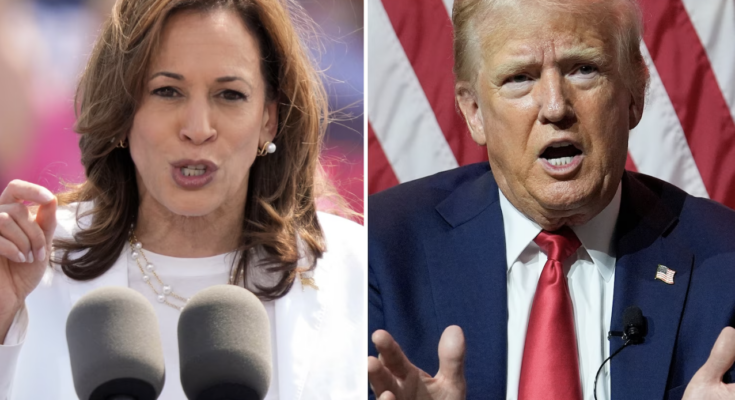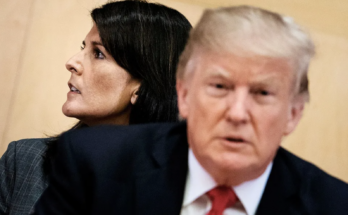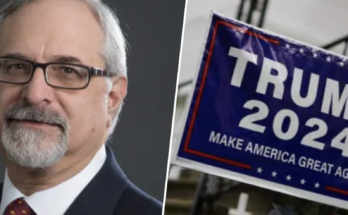When it comes to education, Democratic presidential candidate Kamala Harris and former President Donald Trump have vastly different views for the nation.
Several unions representing educators and administrators — including the National Education Association, the American Federation of Teachers, and the American Federation of School Administrators — have endorsed Vice President Kamala Harris for president.
Former federal education leaders President Ronald Reagan’s Secretary of Education William Bennett and Reagan’s Under Secretary of Education Gary Bauer have registered their support for Trump for President. Trump’s Secretary of Education Betsy DeVos has said she would work for Trump again but has stopped short of an endorsement.
Take a look at their record and what the two have said so far about their hopes and plans for both K-12 and higher education.
The Department of Education
Trump’s Agenda47 campaign has proposed eliminating the U.S. Department of Education which, according to the DOE website, “establishes policy for, administers and coordinates most federal assistance to education.” Trump, in a campaign video, has said he wants states, not the federal government, to have control over schools.
Throughout Trump’s presidency, he proposed billions in cuts to the Department of Education’s budget.
Harris’ campaign as well as the Biden-Harris administration have criticized Trump for threatening to dismantle the department while expressing support for federal funding and policy initiatives from the agency.
Harris has been criticized for not putting forth many official policy positions, including education, since her campaign began roughly a month ago. Amid scrutiny, her campaign released an economic agenda with expectations of future policy rollouts to come in the final days on the campaign trail.

School choice
Trump has backed universal school choice programs, which allow a student’s allotment of public education funds to be transferred to nonpublic schooling options — including private and religious schools or homeschooling. Trump signed the Tax Cuts and Jobs Act during his presidency, which his campaign states allowed parents to use up to $10,000 from a 529 education savings account to cover K-12 tuition costs at a school of their choice.
The Democratic 2025 platform opposes the use of private-school vouchers and tuition tax credits, opportunity scholarships, “and other schemes that divert taxpayer-funded resources away from public education.”
Funding for low-income students and families
The Biden-Harris administration secured billions of dollars to increase federal funding for schools that largely serve low-income families, directing billions toward resources and funding for low-income schools but also increased funding to special education services, career and technical education and English-language learning programs.
In a 2019 bill, then-Sen. Harris proposed establishing “Family Friendly School” policies at 500 elementary schools to align the school day with the workday in support of working families.
Harris has spoken out in favor of 21st Century Community Learning Centers — which host programs predominantly for students who are in high-poverty and low-performing schools and the Gaining Early Awareness and Readiness for Undergraduate Programs which provides yearslong grants for services at high-poverty middle and high schools.
Trump proposed cuts to both programs in annual budget proposals under his administration.
Both the Biden-Harris and Trump-Pence administrations have seen increases to Head Start, a program that provides federally subsidized preschool for low-income children.
The Biden-Harris administration increased funding for Head Start by roughly $2 billion since the start of their term. Trump’s administration saw a roughly $1.3 billion increase during his term.
Trump also sought to “expand K-12 educational options for disadvantaged children impacted by the pandemic,” and signed an Executive Order to provide emergency K-12 scholarships using Federal Community Service Block Grants so students could access in-person learning opportunities in December 2020.





